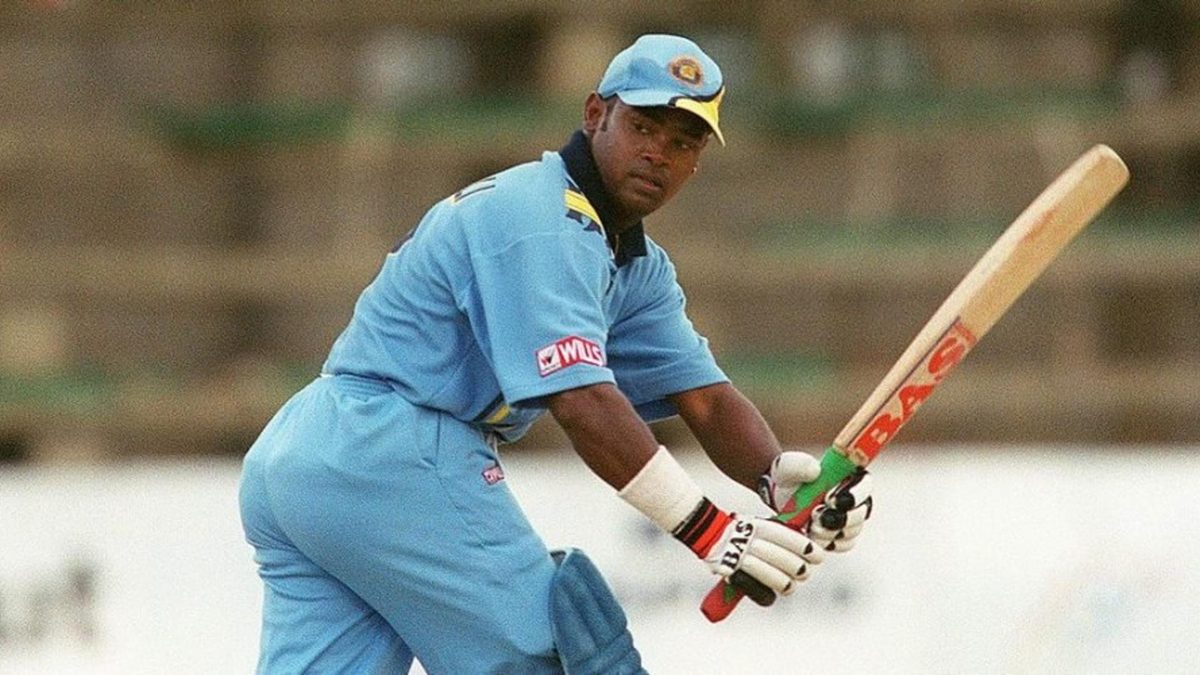
Vinod Kambli arrived in international cricket with the reputation of being Sachin Tendulkar’s peer, in age and in talent.
The early evidence validated that belief, as Kambli reeled off back-to-back double centuries in his first five innings as a Test cricketer, and followed that up with two centuries in his next three innings. Soon, however, it seemed as though Kambli was flying too high with his success and there was the fear that he might reach for the sun. The big runs dried up before long, and the headlines were instead made up of more and more off-the-field issues.
Before long, Kambli came burning down: less than three years after his debut, Kambli was done as a Test cricketer, and by the age of 28, his India career had wound up as well, bringing a vastly premature end to a potential all-time great career.
On the latest Wisden Cricket Weekly podcast, Phil Walker, the Wisden Cricket Monthly editor-in-chief, along with Jo Harman, the WCM magazine editor, and wisden.com managing editor Ben Gardner discuss where it all went wrong for the Mumbai batsman.
JH: He was known as a bit of a wild child, wasn’t he? That’s certainly the reputation he had. He made an astonishing start to his Test career. It seemed to be as much personality as anything else that counted against him.
PW: He was the yin to Sachin’s yang, and he became diminished because he was always paired alongside Tendulkar. He made a brilliant 220-odd against England at Mumbai in the third Test match of the ’93 series, which England lost 3-0, then made another double very quickly after that against Zimbabwe, but what happened thereafter, and it doesn’t really enter the story that much, he played a couple of games against West Indies and they went in short against him as well, and because he was a dasher, and because he grew up on slow, low Indian pitches, he struggled a little bit against the short ball.
I think India’s selectors at the time took a view that he was more trouble than he was worth. Perhaps that explosion at the first part of his career was not going to be replicated down the line. That, coupled with his character, his love of a gold chain and an earring and a night out… Indian cricket was struggling, really. It was a below-average Test side. They would habitually lose away from home. And there was a feeling with Kambli that while he would have his day on Indian pitches, he would struggle away from home. There wasn’t much feet movement, he would throw his hands at the wide one, and maybe the thinking was, ‘if we’re going to be a proper side you’ve got to go and win in England, you’ve got to go and win in South Africa’, and so they took a view on him.
The story has been burnished over the years, with Tendulkar going one way and this character going the other, hospitalised for chest problems, in and out of various court rooms, questions around how trustworthy he is. I don’t think he was quite as good as the numbers suggest, or else they’d have pragmatically stuck with him.
BG: He and Tendulkar shared that world-record stand as school children when he was aged 17, put on 600 and something. At that point they were both earmarked out, and obviously, one goes on and the other doesn’t. In the first seven Tests it was two double hundreds and two hundreds, and then nothing thereafter and all done by the age of 24. And do you know about the thing with the bat grips?
PW: He was obsessed with them.
BG: He had nine of them on his bat handle at one point. He wanted his bat handle to be as wide as possible. It seems like a bizarre reason, and such a minor reason to play a part in the downfall in a potentially great cricketer.
You can listen to the full episode of the Wisden Cricket Weekly Podcast on Spotify or the Podcast App








